Laser Cutting Lurex Fabric
What is Lurex Fabric?
Lurex is a type of fabric woven with metallic yarns (originally aluminum, now often polyester-coated) to create a shiny, glittery effect without heavy embellishments. Developed in the 1940s, it became iconic in disco-era fashion.
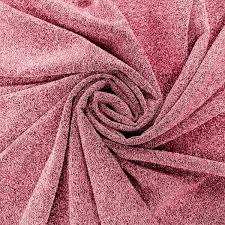
What is Laser Cutting Lurex Fabric?
Laser cutting Lurex fabric is a precise, computer-controlled technique that uses a high-powered laser beam to cut intricate patterns into metallic Lurex textiles. This method ensures clean edges without fraying, making it ideal for delicate designs in fashion, accessories, and decor. Unlike traditional cutting, laser technology prevents distortion of the metallic threads while allowing complex shapes (e.g., lace-like effects).
Characteristics of Lurex Fabric
Lurex fabric is a type of textile known for its metallic sheen and glittery appearance. It incorporates Lurex yarn, which is a thin, metallic-coated thread (often made from aluminum, polyester, or other synthetic materials) woven or knitted into the fabric. Here are its key characteristics:
1. Shimmery & Metallic Finish
Contains glittery or foil-like threads that catch light, giving a luxurious, eye-catching effect.
Available in gold, silver, copper, and multicolored variations.
2. Lightweight & Flexible
Despite its metallic look, Lurex fabric is usually soft and drapes well, making it suitable for flowy garments.
Often blended with cotton, silk, polyester, or wool for added comfort.
3. Durability & Care
Resistant to tarnishing (unlike real metal threads).
Typically machine washable (gentle cycle recommended), though some delicate blends may require hand washing.
Avoid high heat (ironing directly on Lurex threads can damage them)
4. Versatile Uses
Popular in evening wear, party dresses, sarees, scarves, and festive outfits.
Used in knitwear, jackets, and accessories for a glam touch.
5. Breathability Varies
Depending on the base fabric (e.g., cotton-Lurex blends are more breathable than polyester-Lurex).
6. Cost-Effective Luxury
Provides a high-end metallic look without the expense of real gold/silver embroidery.
Lurex fabric is a favorite in fashion, stage costumes, and holiday collections due to its sparkle and versatility. Would you like recommendations on styling or specific blends?
Advantages of Laser Cut Lurex Fabric
Lurex fabric is inherently known for its metallic sheen and shimmering effect, and laser cutting technology further enhances its sophistication and design possibilities. Below are the key advantages of laser-cut Lurex fabric:
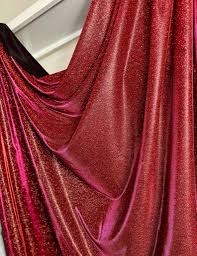
Lasers deliver clean, fray-free edges, preventing the unraveling or shedding of metallic threads that often occurs with traditional cutting methods.
The heat from laser cutting slightly melts the edges, sealing them to prevent fraying while maintaining the fabric’s signature sparkle.
Non-mechanical cutting prevents tugging or distortion of metallic threads, preserving Lurex’s softness and drape.
Particularly suitable for delicate Lurex knits or chiffon blends, minimizing damage risks.
Ideal for creating delicate geometric cut-outs, lace-like effects, or artistic engravings, adding depth and opulence to the fabric.
Can incorporate gradient laser etching (e.g., sheer skin-baring designs) for dramatic visual appeal.
Fashion: Evening gowns, stage costumes, sheer tops, haute couture jackets.
Accessories: Laser-engraved handbags, metallic scarves, perforated shoe uppers.
Home Décor: Glamorous curtains, decorative cushions, luxe table linens.
No need for physical molds—direct digital (CAD) processing enables small-batch customization with high precision.
Maximizes material usage, reducing waste—especially beneficial for expensive blends (e.g., silk-Lurex).
Chemical-free processing eliminates issues like coating peel-off common in traditional metal fabric cutting.
Laser-sealed edges resist fraying and wear, ensuring long-lasting use.
Laser Cutting Machine for Lurex
Explore More Laser Machines that meet your needs
Step 1. Prep
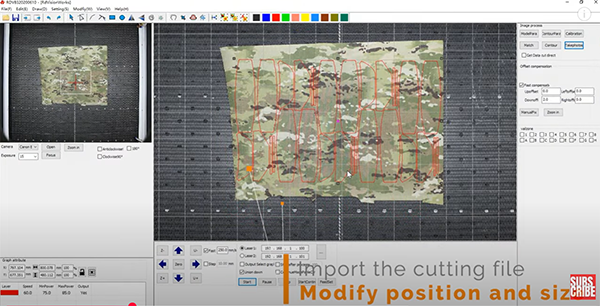
Test on scraps first
Flatten fabric & use backing tape
Step 2. Settings
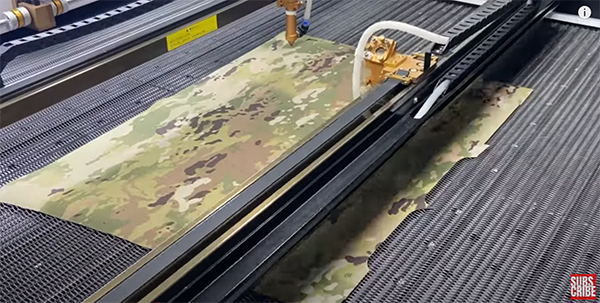
Set the appropriate power and speed according to the actual situation.
Step 3. Cutting
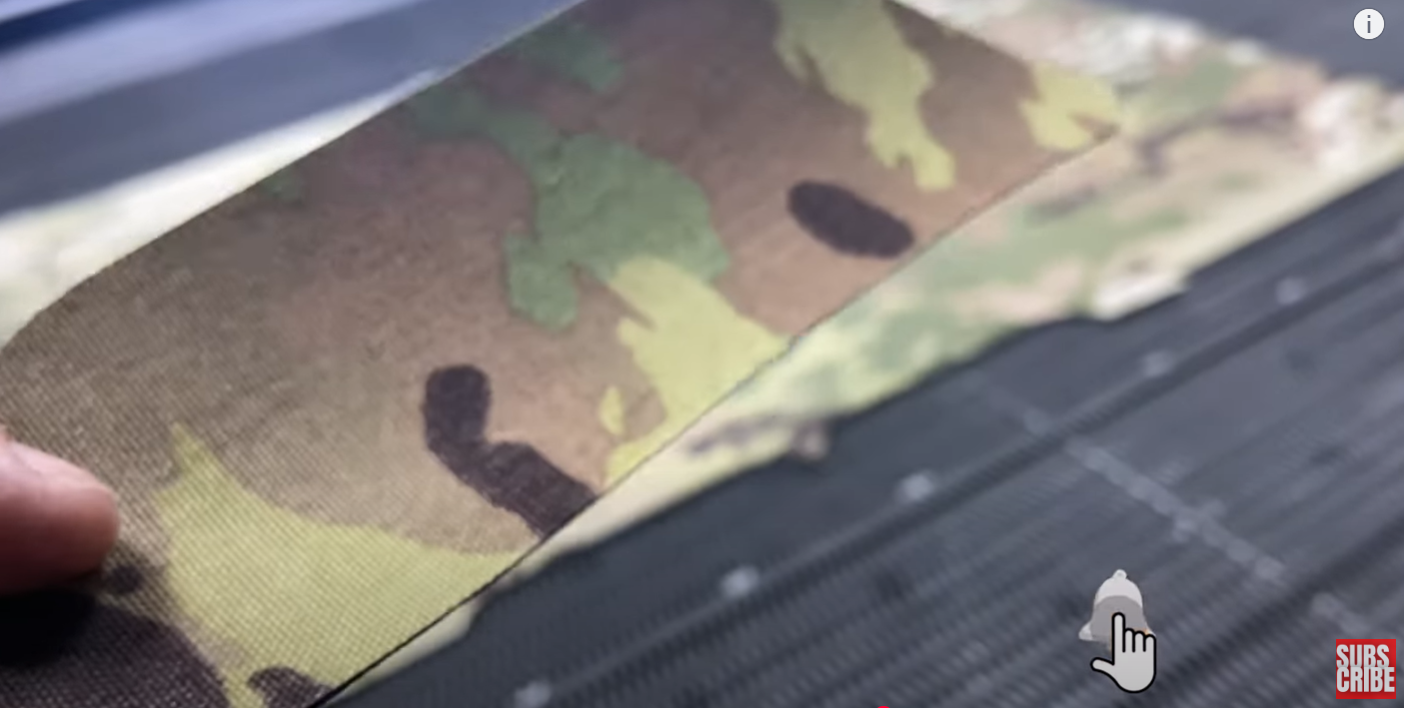
Use vector files (SVG/DXF)
Keep ventilation on
Step 4. Aftercare
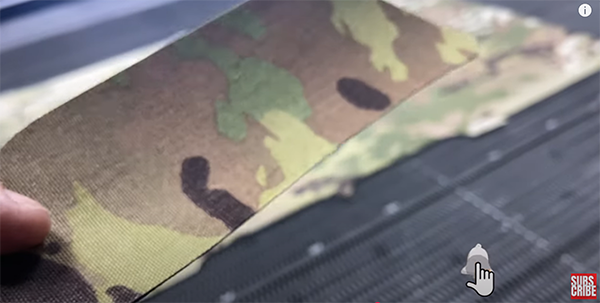
Use vector files (SVG/DXF)
Keep ventilation on
Vedio:Guide to the Best Laser Power for Cutting Fabrics
In this video, we can see that different laser cutting fabrics require different laser cutting powers and learn how to choose laser power for your material to achieve clean cuts and avoid scorch marks.
Any Questions about How to Laser Cut Lurex Fabric?
Talk about Your Cutting Requirements
Eveningwear & Party Dresses: Lurex adds sparkle to gowns, cocktail dresses, and skirts.
Tops & Blouses: Used in shirts, blouses, and knitwear for a subtle or bold metallic sheen.
Scarves & Shawls: Lightweight Lurex-weave accessories add elegance.
Lingerie & Loungewear: Some luxury sleepwear or bras use Lurex for a delicate shimmer.
Festive & Holiday Outfits: Popular for Christmas, New Year’s, and other celebrations.
Lurex is often blended with wool, cotton, or acrylic to create sparkly sweaters, cardigans, and winter wear.
Bags & Clutches: Adds a luxe touch to evening bags.
Hats & Gloves: Glamorous winter accessories.
Shoes & Belts: Some designers use Lurex for metallic detailing.
Curtains & Drapes: For a luxurious, light-reflecting effect.
Cushions & Throws: Adds a festive or opulent touch to interiors.
Table Runners & Linens: Used in event décor for weddings and parties.
Popular in dance costumes, theater outfits, and cosplay for a dramatic metallic look.
Lurex Fabric FAQs
Lurex fabric is a shimmering textile woven with delicate metallic threads, giving it a distinctive glittery appearance. While early versions used aluminum-coated plastic for their reflective quality, today’s Lurex is typically crafted from synthetic fibers such as polyester or nylon, layered with metallic finishes. This modern approach retains the fabric’s signature sparkle while making it softer, more lightweight, and comfortable against the skin.
Lurex fabric can be worn in summer, but its comfort depends on the blend, weight, and construction of the fabric. Here’s what to consider:
Pros of Lurex for Summer:
Breathable Blends – If Lurex is woven with lightweight materials like cotton, linen, or chiffon, it can be summer-friendly.
Evening & Festive Wear – Perfect for glamorous summer nights, weddings, or parties where a little sparkle is desired.
Moisture-Wicking Options – Some modern Lurex knits (especially in activewear) are designed to be breathable.
Cons of Lurex for Summer:
Traps Heat – Metallic threads (even synthetic ones) can reduce airflow, making some Lurex fabrics feel warm.
Stiffer Blends – Heavy Lurex lamé or tightly woven designs may feel uncomfortable in high heat.
Potential Irritation – Cheap Lurex blends might feel scratchy against sweaty skin.
Lurex fabric's breathability depends on its composition and construction. Here's a detailed breakdown:
Breathability Factors:
- Base Material Matters Most:
- Lurex blended with natural fibers (cotton, linen, silk) = More breathable
- Lurex paired with synthetic fibers (polyester, nylon) = Less breathable
- Weave/Knit Structure:
- Loose weaves or open knits allow better airflow
- Tight metallic weaves (like lamé) restrict breathability
- Metallic Content:
- Modern Lurex (0.5-2% metallic content) breathes better
- Heavy metallic fabrics (5%+ metal content) trap heat
| Feature | Lame | Lurex |
|---|---|---|
| Material | Metallic foil or coated film | Polyester/nylon with metal coating |
| Shine | High, mirror-like | Subtle to medium sparkle |
| Texture | Stiff, structured | Soft, flexible |
| Use | Eveningwear, costumes | Knitwear, everyday fashion |
| Care | Hand wash, no iron | Machine washable (cold) |
| Sound | Crinkly, metallic | Quiet, fabric-like |
Soft & flexible (like regular fabric)
Slight texture (subtle metallic grain)
Not scratchy (modern versions are smooth)
Lightweight (unlike stiff metallic fabrics)





